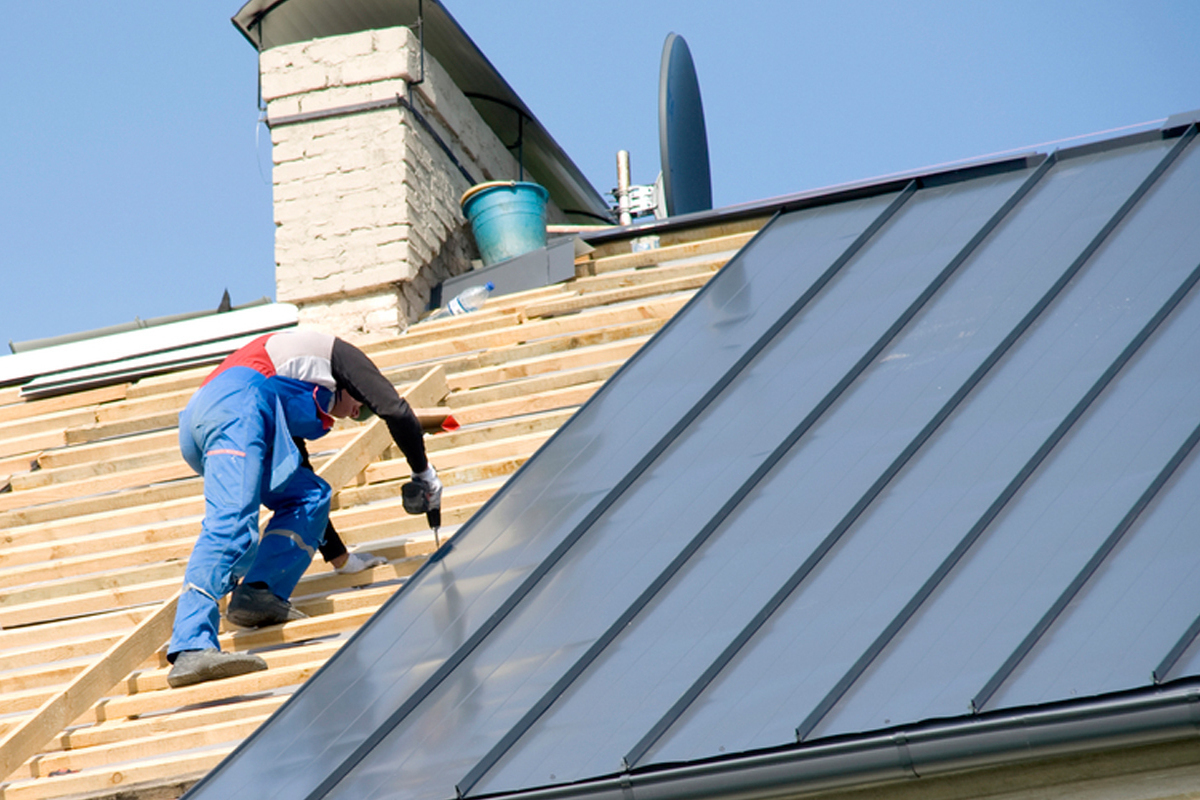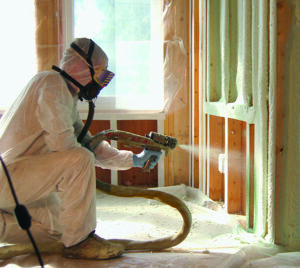Understanding the Cost of Metal Roof Installation: A Comprehensive Guide
When considering a new roof for your home or business, one material stands out for its durability, energy efficiency, and long-term value—metal roofing. Whether you’re replacing an old roof or installing a new one, understanding the factors that influence the cost of metal roof installation is crucial. In this guide, we’ll explore the key elements that impact the price of metal roofing and why it could be the right investment for your property.
The Advantages of Metal Roofs
Before delving into the cost of installation, let’s quickly review the many reasons why homeowners and businesses are increasingly turning to metal roofing. Metal roofs are:
- Durable: Metal roofs can last 40 to 70 years, depending on the material. This longevity is a significant factor in justifying the higher initial investment.
- Energy-Efficient: Metal roofs reflect heat, reducing cooling costs in hot climates. This makes them ideal for energy-conscious homeowners looking to lower utility bills.
- Low Maintenance: Unlike traditional roofing materials, metal roofs are resistant to weather damage, mold, and pests. They require minimal upkeep throughout their lifespan.
- Environmentally Friendly: Metal roofs are often made from recycled materials and are themselves 100% recyclable at the end of their life, making them an eco-friendly option.
Factors That Affect the Cost of Metal Roof Installation
Several factors play a role in determining the final cost of a metal roof installation. These include the type of metal you choose, the complexity of your roof, labor costs, and geographical location. Let’s break down each of these factors:
1. Type of Metal Roofing
The material you choose is one of the most significant factors influencing the cost. There are several types of metal roofing materials, each with its own price range:
- Steel Roofing: Steel is the most common metal used for roofing, known for its strength and affordability. It is available in different finishes, such as galvanized, galvalume, and stainless steel.
- Aluminum Roofing: Aluminum is a lightweight, corrosion-resistant material, often used in coastal areas. While it is more expensive than steel, its longevity and resistance to rust make it a preferred choice in specific climates.
- Copper Roofing: Copper is the most expensive metal roofing material, known for its luxurious appearance and unmatched durability. Over time, copper develops a beautiful patina, adding aesthetic value to your property.
- Zinc Roofing: Zinc is another premium material, prized for its longevity and self-healing properties. It is similar to copper in terms of pricing but offers a unique aesthetic and environmental benefits.
2. Roof Size and Complexity
The size and design of your roof will significantly affect the cost of installation. A larger roof will require more materials and take longer to install, thus increasing labor costs. Additionally, the complexity of your roof design, such as multiple peaks, valleys, dormers, or skylights, can raise the cost of installation due to the additional labor and materials required for proper flashing and fitting.
3. Roof Slope and Pitch
The slope or pitch of your roof also impacts the installation cost. Steeper roofs are more difficult to work on and require additional safety measures, making them more expensive to install. Roofs with a low pitch are generally easier and quicker to install, reducing the overall cost.
4. Labor Costs
Labor costs vary depending on where you live and the experience level of the roofing contractors. In urban areas or regions with a high demand for roofing services, labor costs may be higher. Be sure to hire experienced contractors who specialize in metal roof installations to ensure the job is done right the first time. This could save you money in the long run by preventing costly mistakes or repairs.
5. Roofing Underlayment and Insulation
Metal roofs typically require a high-quality underlayment to ensure proper moisture management. This underlayment serves as an additional layer of protection, helping to prevent leaks, mold, and rot. If you live in an area with extreme weather conditions, you might also want to invest in additional insulation to enhance the roof’s energy efficiency. These materials add to the overall installation cost.
6. Geographical Location
Where you live can play a significant role in the price of metal roof installation. Areas with high humidity or exposure to coastal saltwater may require more corrosion-resistant materials, like aluminum or stainless steel, which can increase the price. Additionally, regions with harsh winters might require specific roofing materials or extra insulation to withstand heavy snow loads. Shipping costs for materials also vary by location, which can further influence the price.
Additional Costs to Consider
While the upfront cost of metal roofing may seem higher than traditional materials like asphalt shingles, it is important to consider the long-term financial benefits:
- Energy Savings: The reflective nature of metal roofing helps reduce cooling costs in warmer climates, and some areas offer rebates for energy-efficient roofing materials.
- Long-Term Value: A metal roof’s lifespan of 40-70 years means fewer replacements over time, which adds value to your property.
- Insurance Discounts: Many insurance companies offer discounts for metal roofs due to their fire resistance and ability to withstand severe weather conditions, such as high winds and hail.
Final Thoughts: Is Metal Roofing Worth the Investment?
When it comes to metal roof installation, the cost is an important consideration, but it should not be the sole deciding factor. Metal roofing offers a unique blend of durability, aesthetic appeal, energy efficiency, and low maintenance, making it an excellent long-term investment for homeowners and businesses alike.
Before moving forward with your project, it’s crucial to consult with a licensed roofing contractor who can assess your specific needs and provide a detailed, accurate estimate. Keep in mind that the cheapest option isn’t always the best. By considering factors like material quality, contractor experience, and overall value, you can make an informed decision that will pay off for years to come.













Post Comment